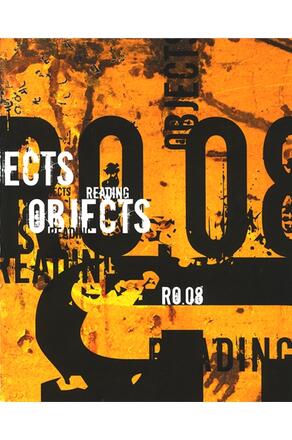
Reading Objects 2008
Alternative formats available from:
Poems, short stories, and other personal reactions to works in the permanent collection of the Samuel Dorsky Museum of Art at SUNY New Paltz.
Description
This illustrated catalogue documents the third in a series of interdisciplinary exhibitions periodically hosted by the Samuel Dorsky Museum of Art, in which faculty and staff from across the university are asked to respond to works from the museum's permanent collection. These interpretive responses take a variety of forms, including personal essays, poems, short stories, and musical compositions. Taken together, they provide insight into the many different ways of responding to art and how objects on view in a museum can be creatively and widely incorporated into the teaching process.